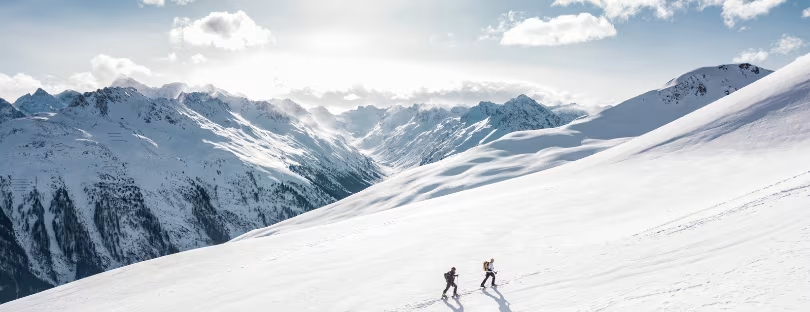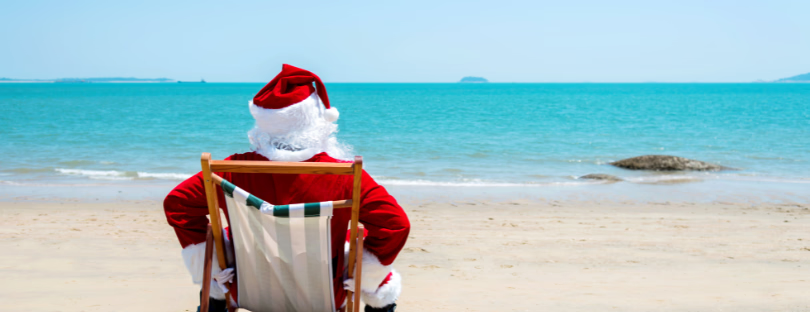
Italy’s Top Ski Destinations for 2025: Where Style, Sustainability, and Snow Collide
Winter in Italy isn’t just about skiing — it’s about a certain rhythm of life that only the Alps can inspire. From the slopes of Cortina d’Ampezzo to the valleys of Livigno, the country’s ski scene blends cinematic beauty with world-class hospitality and a growing sustainability focus. And according to the latest Jfc Observatory report, Italy’s mountain destinations are stepping up their game like never before.
This annual ranking—widely regarded as the benchmark for Italian winter tourism—analyzed dozens of resorts based on slope quality, hotel standards, accessibility, and environmental performance. The results? A clear hierarchy of where to ski, stay, and be seen this winter.
Cortina d’Ampezzo: Italy’s Crown Jewel of the Dolomites
Cortina d’Ampezzo sits comfortably at the top of Italy’s winter wish list—and for good reason. Named “white destination of the year”, it continues to embody the elegant side of snow sports. Think designer boutiques, Michelin-starred dining, and an Olympic legacy that still echoes through its valleys.
But it’s not all about prestige. Cortina’s strength lies in its balance—an alpine retreat where fine living meets world-class skiing. With the 2026 Winter Olympics approaching, investments in infrastructure and sustainability are visible across the resort. Upgraded lifts, improved snow management, and carbon-conscious tourism initiatives show that Cortina is preparing to shine on a global stage.
According to Jfc Srl’s data, Cortina not only scored the highest for overall excellence but also led the charts for “most famous” and “trendiest” ski area — proof that its brand remains as magnetic as ever.
Madonna di Campiglio: The Family Favorite with Olympic Precision
If Cortina is the glamour icon, Madonna di Campiglio is the family hero. Ranked second nationwide, it dominates the categories of “best slopes,” “best family resort,” and “most services.” The resort’s terrain is known for smooth, well-groomed runs that cater to both beginners and seasoned skiers, while the Dolomiti di Brenta backdrop provides some of the most striking alpine views in Europe.
Its crown jewel, the SkiArea Campiglio Dolomiti di Brenta, scored the country’s best marks for lift comfort and efficiency — a small but crucial detail that defines a modern ski experience. Families appreciate its seamless logistics, from ski schools to wellness hotels, making it an easy choice for multi-generational trips.
What’s particularly interesting is how Campiglio’s success story reflects a broader European trend: travelers now value smooth connectivity and stress-free infrastructure as much as slope conditions. The resort delivers both.
Livigno: Sustainability Meets Snow
In third place, Livigno earns the title of Italy’s “greenest resort.” Once known mainly for its tax-free shopping and lively nightlife, the destination has matured into a sustainability leader. Livigno has invested heavily in renewable energy, energy-efficient lodgings, and eco-mobility—efforts that make it stand out in an industry often criticized for its environmental footprint.
Beyond its green credentials, Livigno continues to attract younger travelers with its value-for-money ski passes, expansive cross-country trails, and energetic après-ski scene. Its proximity to the Swiss border gives it a unique cultural blend, and the local commitment to preserving mountain ecosystems makes it a model for future alpine tourism.
Emerging Stars: Courmayeur, Canazei, and Val di Fassa
Outside the top three, several resorts are quietly redefining Italian snow tourism. Courmayeur, perched at the foot of Mont Blanc, climbs two spots this year thanks to its boutique hotels and authentic Alpine charm. The resort remains a favorite among French and Swiss visitors, who cross the border for its blend of sophistication and laid-back atmosphere.
Canazei rose to fifth place, praised for its family-friendly terrain and direct access to the Sella Ronda circuit—a dream for skiers who love to explore multiple valleys in one day. Val di Fassa, meanwhile, was recognized for offering the “best value for money”, a growing factor for budget-conscious travelers who don’t want to compromise on quality.
Other honorable mentions include Alta Badia, awarded for “best safety,” and Cervino Ski Paradise, which shares the snow reliability crown with Switzerland’s Zermatt — a critical advantage in a warming climate.
The Bigger Picture: Italy’s Snow Tourism in a Changing Market
What these rankings really show is Italy’s ability to evolve without losing authenticity. The Jfc Observatory notes a steady shift toward experience-driven travel, where the snow is just the start. Resorts now promote complete winter ecosystems — from fine dining and spa experiences to design hotels and cultural events.
This mirrors global trends seen in destinations like Austria’s Kitzbühel or France’s Les Trois Vallées, where ski culture has expanded beyond the slopes. However, Italy’s advantage lies in its diversity of experiences and competitive pricing. You can enjoy world-class skiing, Italian cuisine, and genuine local culture at a fraction of the cost of similar Swiss or French resorts.
Italy’s tourism board reports that winter arrivals in Alpine regions have steadily grown post-pandemic, supported by better infrastructure, cross-border marketing initiatives, and an emphasis on sustainability. A recent ENIT (Italian National Tourist Board) update even highlights increased interest from long-haul travelers—especially from North America and Asia—seeking a more intimate alternative to the overcrowded French Alps.
The Outlook: Where Alpine Heritage Meets Innovation
Cortina’s preparation for the 2026 Olympics will likely elevate Italy’s alpine visibility worldwide, but the real winners will be destinations that balance luxury with responsibility. As skiers increasingly weigh carbon footprints and authentic culture over sheer size, Italian resorts are positioned to lead a new era of “slow skiing”—one that values connection over consumption.
In a market dominated by Switzerland’s exclusivity and Austria’s tradition, Italy’s formula feels refreshingly human. It’s luxurious without arrogance, sustainable without preaching, and endlessly photogenic without trying too hard.
For travelers planning their next winter escape, the 2025 Jfc Observatory ranking is more than a list—it’s a roadmap to the future of alpine travel. Whether you’re chasing powder, style, or serenity, Italy’s mountains are where those worlds now meet — beautifully, sustainably, and unmistakably Italian.










